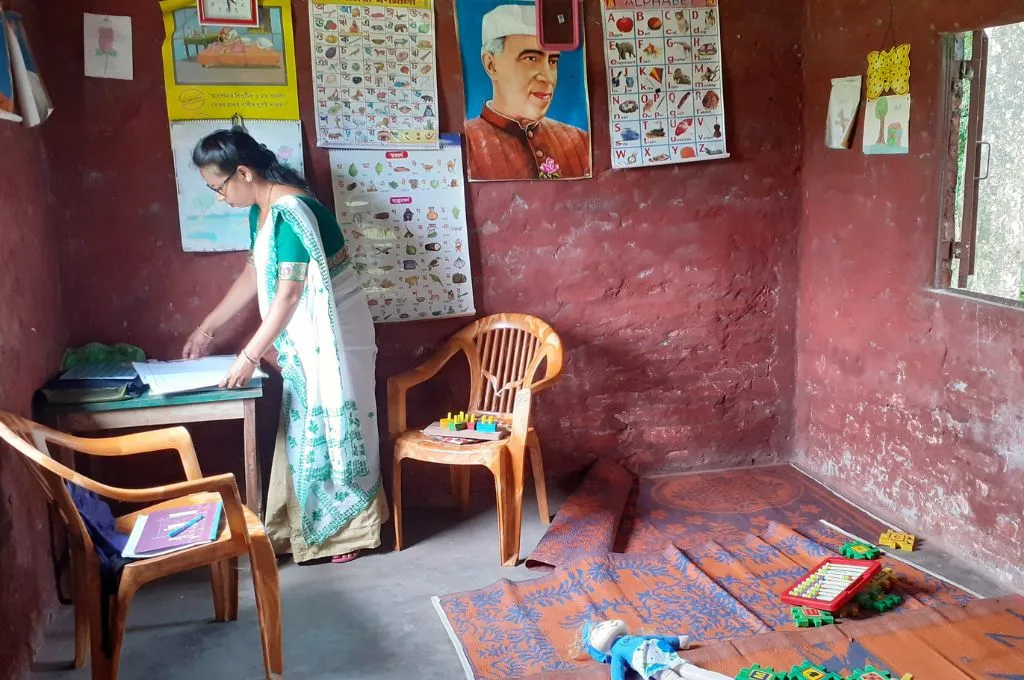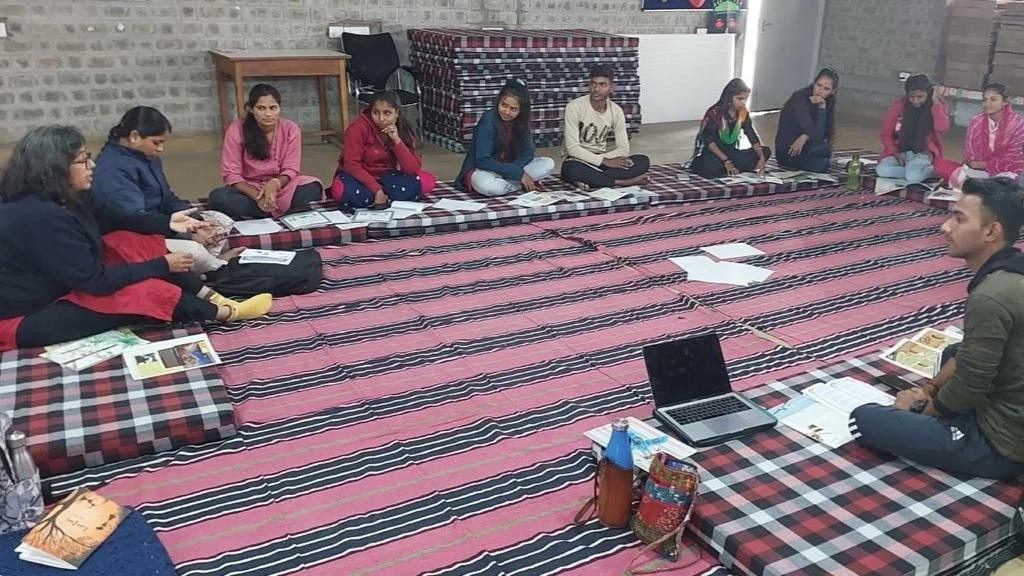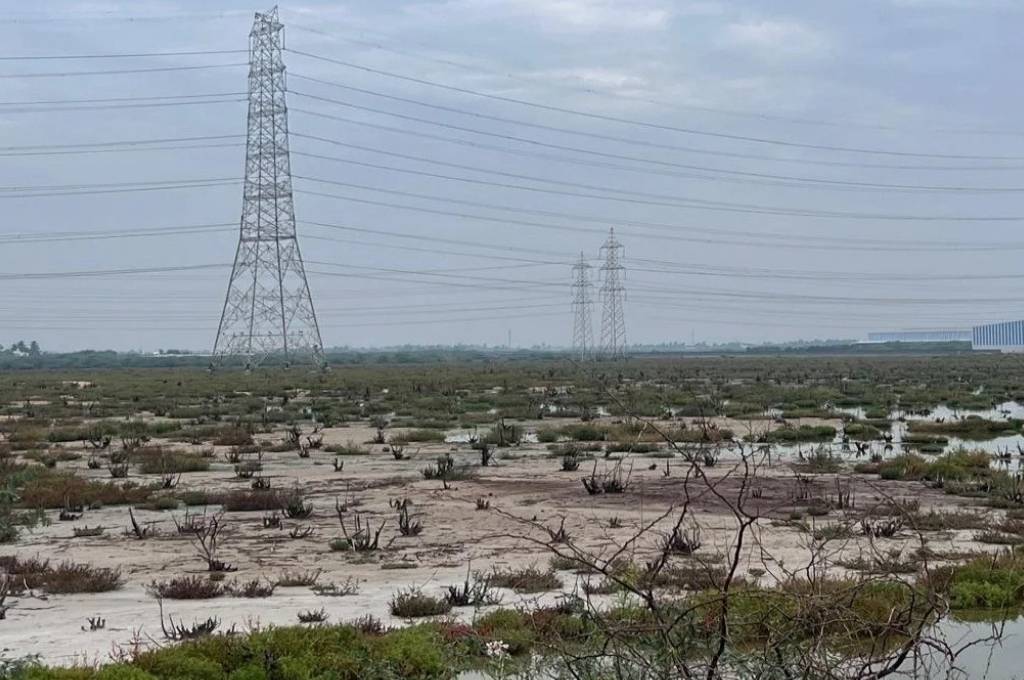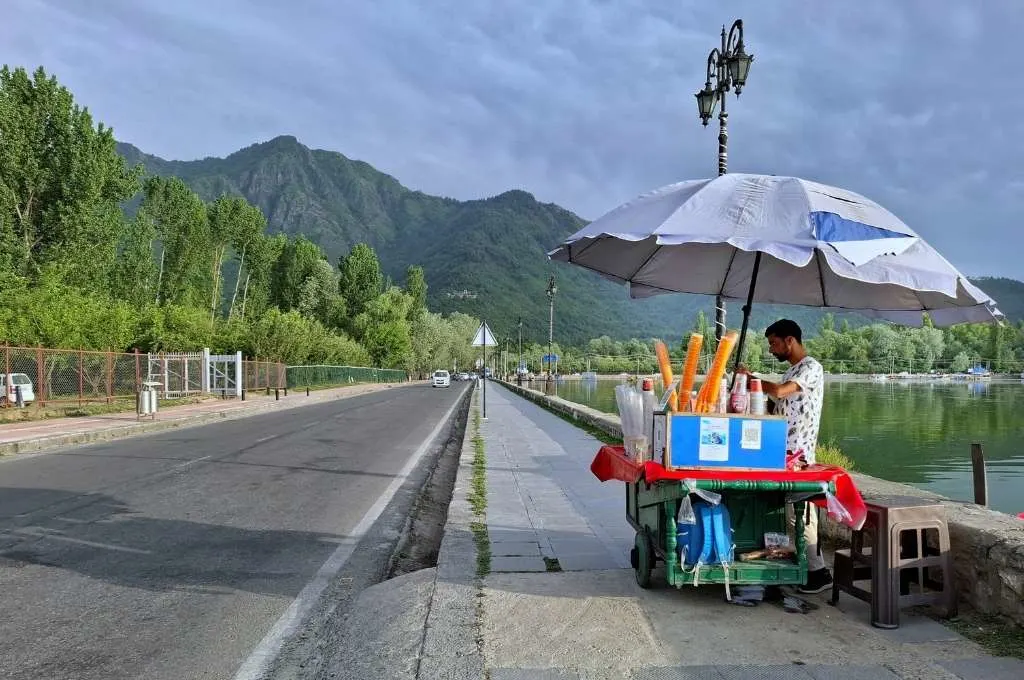The slow digital shift in Bodoland’s Anganwadi centres

Every morning, before stepping out for work, Anganwadi workers in Assam’s Bodoland Territorial Region (BTR)—an autonomous division in the state—sift through piles of bulky paper registers. These registers track families receiving government entitlements through welfare schemes under the Integrated Child Development Services (ICDS).
The records are necessary for tracking the workers’ busy schedules, which include conducting home visits to counsel mothers, distributing rations, monitoring malnutrition, and organising preschool activities at the Anganwadi centre. They also conduct health awareness sessions, oversee immunisation programmes, and ensure that every interaction and service provided is documented in the registers. All of this adds to their already hectic schedules.
While the Poshan Tracker app was introduced in 2021 as a digital alternative to ease their workload, many workers still prefer paper registers because they are familiar, reliable, and don’t require internet connectivity or technical know-how.
Rina,* an Anganwadi worker from Kokrajhar, a town in BTR, noted, “I would prefer registers over Poshan Tracker any day. With the app, we end up doing double the work. It often fails to save the information we enter.”
Another worker added, “I have to record the same information twice—once in the register and then again on the app. It’s frustrating.”
There wasn’t much resistance to digitisation itself. But since the Poshan Tracker was something entirely new, many found it difficult to fully grasp. Connectivity issues in remote areas further complicated the transition.
Recognising these struggles, the team at CEGIS worked closely with the Bodoland Territorial Council to ease the administrative load on the ICDS programme and ensure a smooth transition to digital records. The challenge was to integrate a more efficient system without disrupting the existing one.
We explored two potential solutions—optical mark recognition (OMR) and optical character recognition (OCR). OMR is accurate but requires a structured data entry format, which limits its flexibility. On the other hand, OCR can convert handwritten text into digital records and offers greater adaptability, but faces challenges in processing Assamese and Bodo text and handwriting variations and has formatting inconsistencies. After extensive research, we identified a service provider capable of delivering more than 90 percent accuracy with OCR. However, the cost of implementation exceeded the department’s budget, putting large-scale adoption out of reach.
Learning from this experience and recognising the need for a reliable digital solution, we shifted our focus to improving digital data collection on the Poshan Tracker. Over time and with regular guidance from supervisors and Poshan coordinators, the Anganwadi workers grew more confident about using the app. The central government has also introduced financial incentives to encourage consistent data entry—INR 500 for Anganwadi workers and INR 250 for Anganwadi helpers—which has helped.
While these efforts have improved adoption, scaling the transition remains an ongoing challenge, particularly in areas with poor connectivity. The shift to digital tools in frontline service delivery in areas like BTR will require sustained support and infrastructure improvements, and a lot of patience.
Madhurima Sangma leads the CEGIS engagement with the Bodoland Territorial Council in Assam.
*Name changed to maintain confidentiality.
—
Know more: Learn about the lack of financial incentives for Anganwadi workers using the Poshan Tracker.
Do more: Connect with the author at madhurima@cegis.org to learn more about and support her work.



